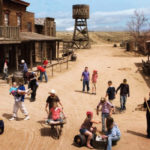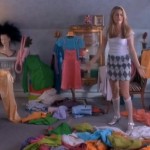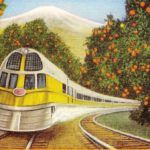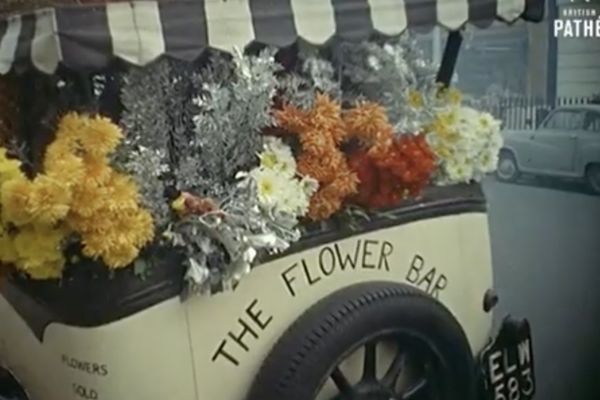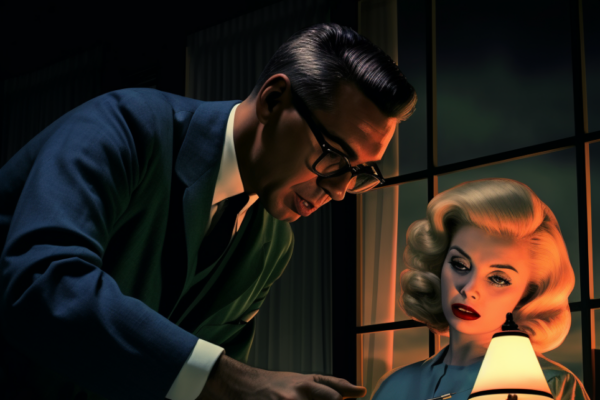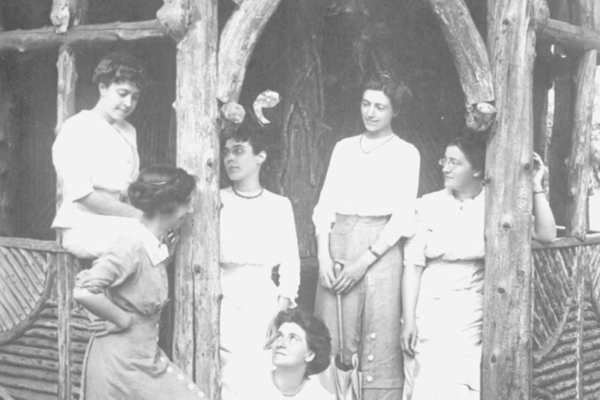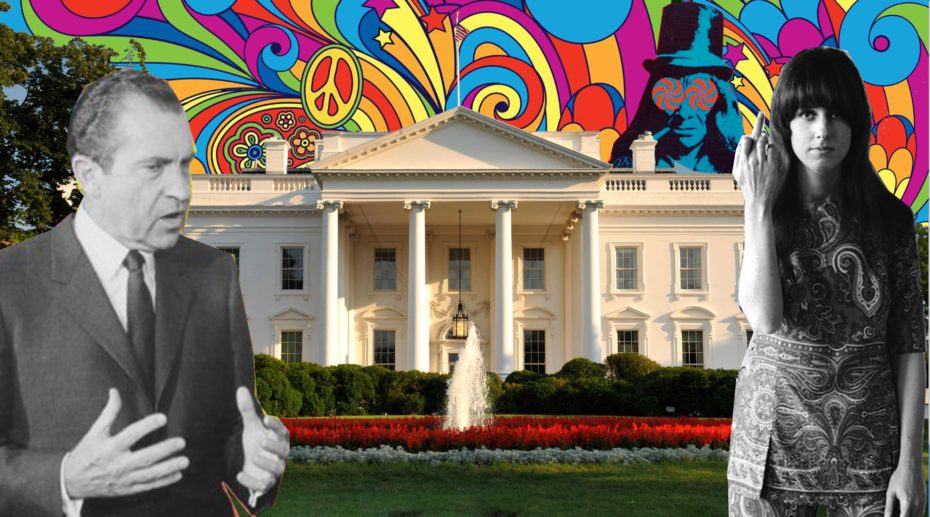
Grace Slick is the the psychedelic queen who didn’t give a f**k– literally, she was the first to say the word on American television when she sang it in a song with her rock band, Jefferson Airplane. She was Janis Joplin’s drinking buddy, a talented songwriter with a wicked sense of humour, and the woman who plotted to spike President Richard Nixon’s drink with LSD at a White House tea party. Let’s take a trip with Grace Slick…
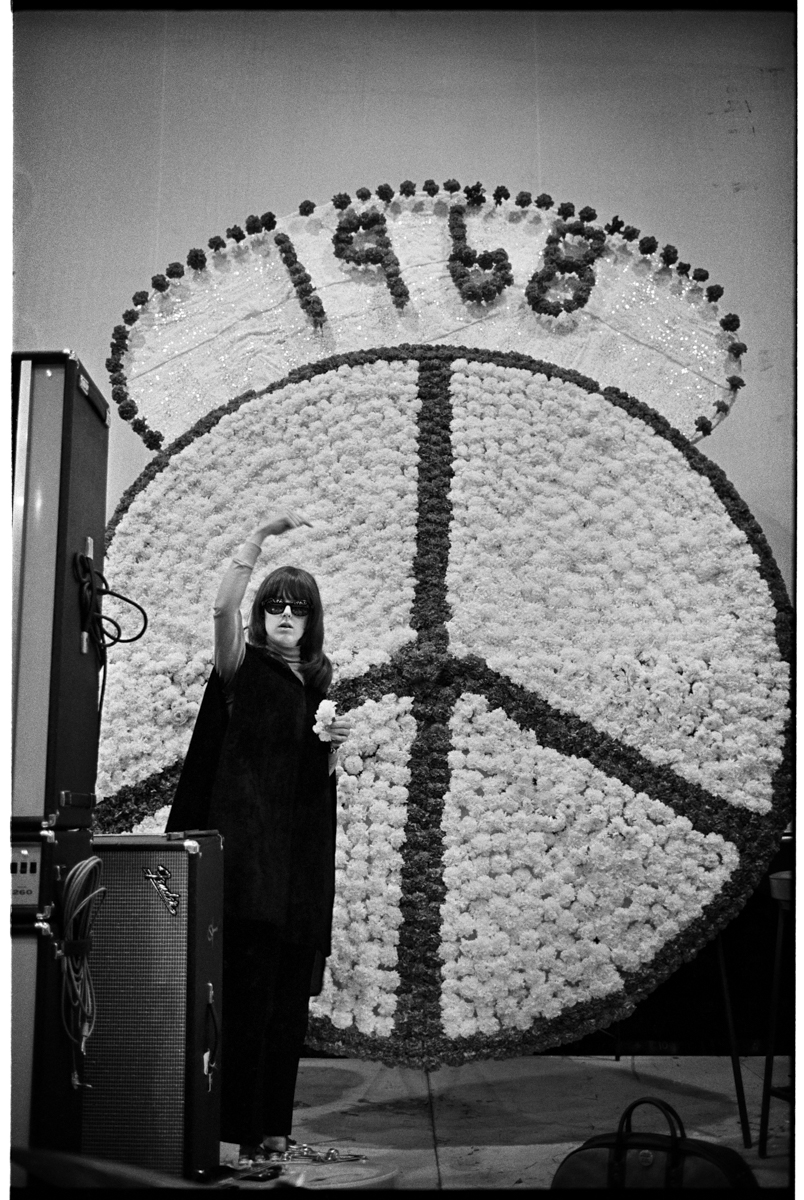
Slick lived a crazy life and she wouldn’t have done it any other way. She was born to a middle class family who settled down in Palo Alto, the quiet Californian city which was home to other 60s icons such as Joan Baez and the Grateful Dead. It is also, significantly, only a 30 minute drive from San Francisco, which was the hub of counter-culture society. San Francisco was home to major figures of the Beat Generation, whose movement flourished into the hippy movement that Slick grew to idolise.
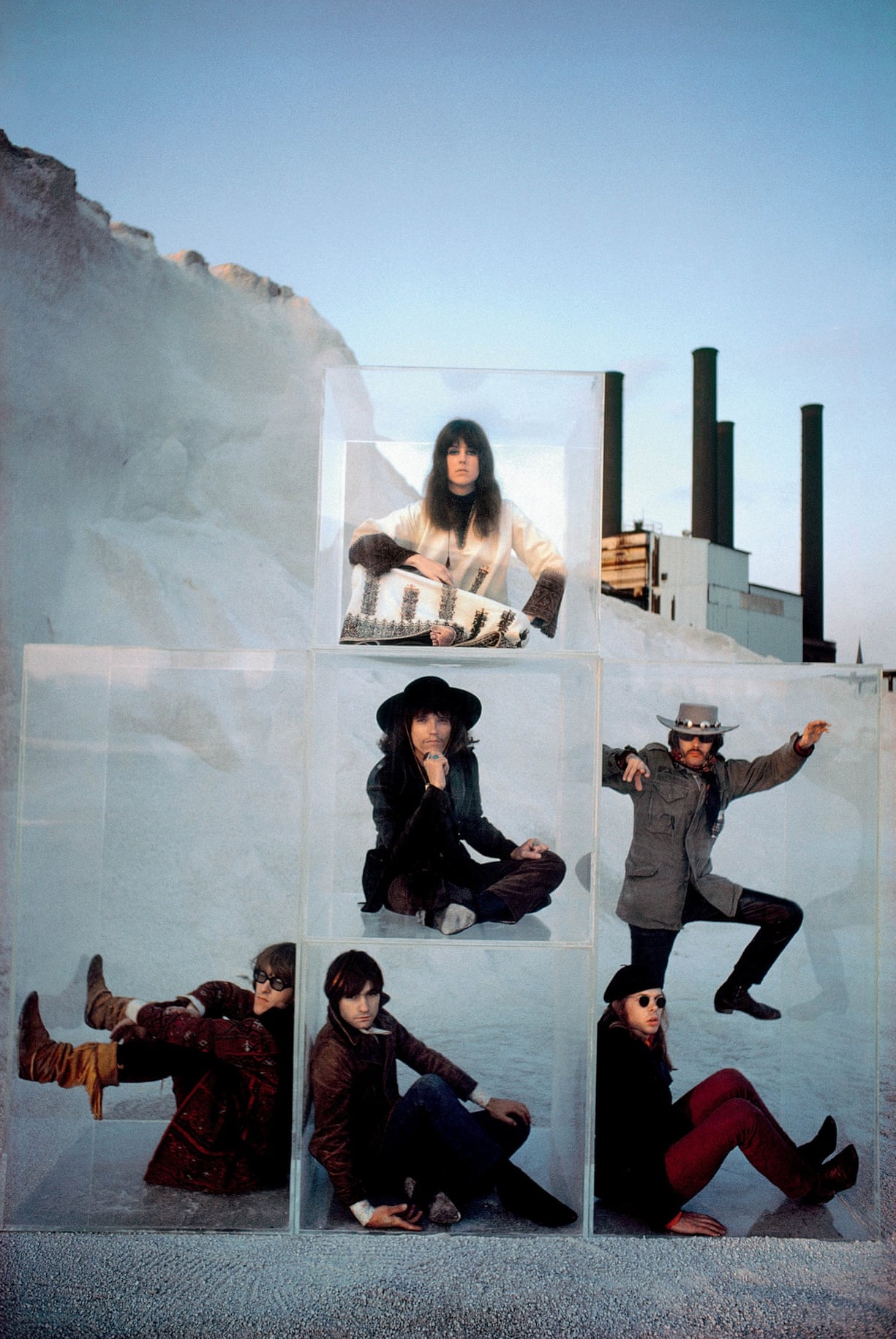
Slick’s looks alone could have earned her the status as a 60s Haight-Ashbury icon, with her tall physique, luscious brown locks and piercing eyes that Patti Smith compared to those of Elizabeth Taylor. It’s no surprise she started out as a model, but it was music that was her true calling. She started out in a band called The Great Society which was short lived, as she then went on to become the lead singer of Jefferson Airplane– the poster children for the 1960s.
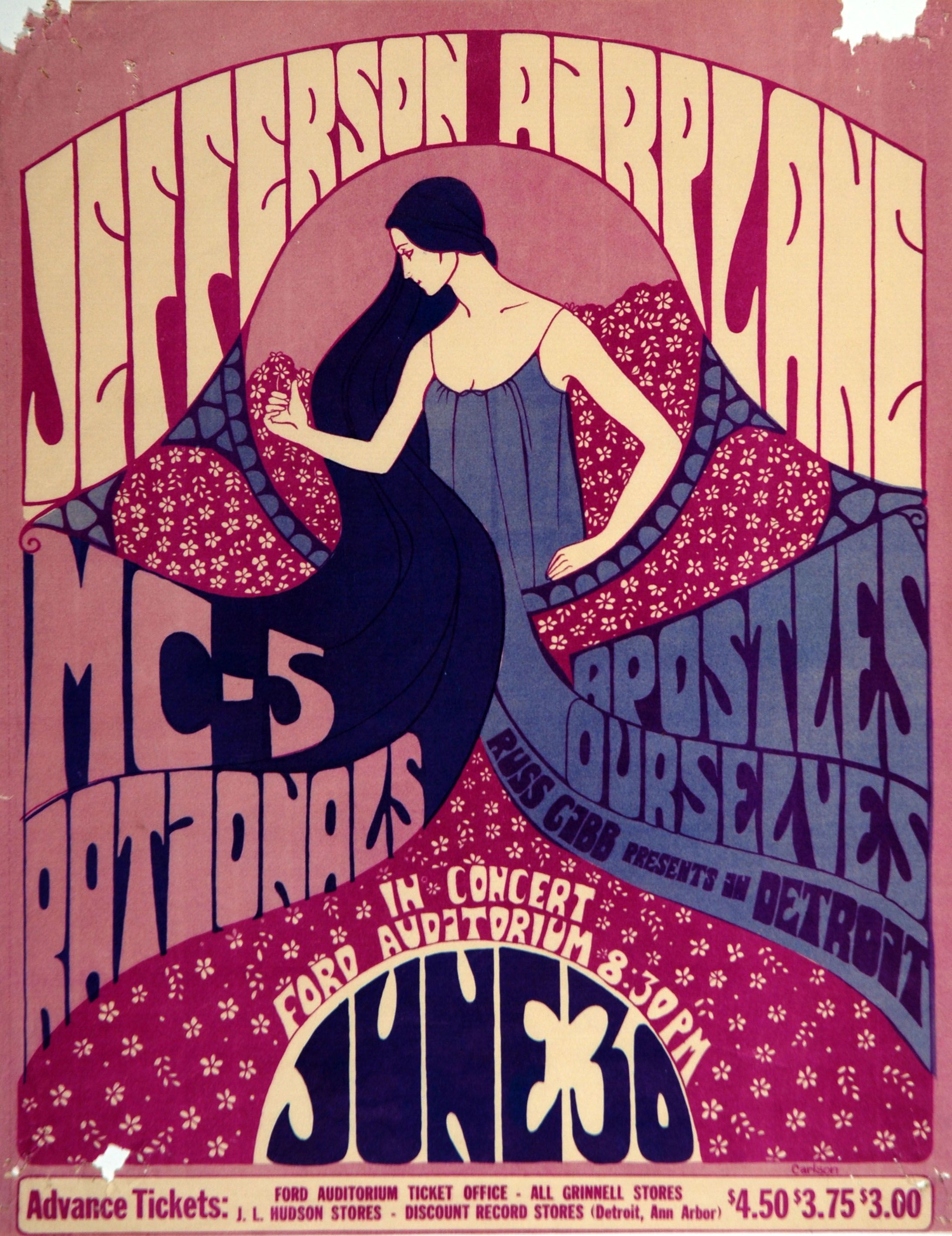
The band was made up of Marty Balin, Paul Kanter, Jorma Kaukonen, Jack Casady, Spencer Dryden, and together they headlined at Woodstock. And remember that famous Beatles’ rooftop concert? Well, Jefferson Airpane did it first. Earlier that year, Jean-Luc Godard asked them to play a concert on a hotel rooftop in Manhattan for his documentary, as he believed they “best represented the youth revolution of the day”.
If the band name doesn’t ring any bells, you will probably recognise some of their songs, such as “Somebody to Love”. Grace Slick’s trade mark vocals are instantly recognisable – hearty, rich, and loud to match her big personality. In 1968, she wrote a song produced by Frank Zappa, in which Grace sings about her period and oral sex in “Would you like a Snack?”
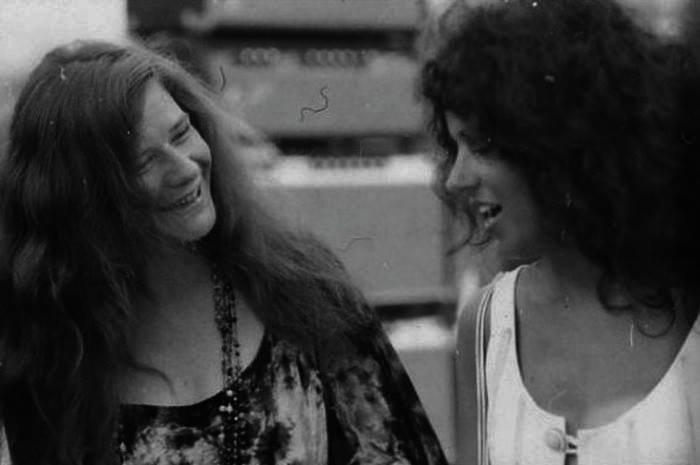
Grace mixed in the same circles as the legendary Janis Joplin. “We both were hard drinkers. We both swore our brains out, and we would cackle with laughter about stuff,” she told Vanity Fair reporter Sheila Weller but said “there was always a ‘sadness’ to Janis that she never inquired about”.
In 1965, Slick wrote super psychedelic, “White Rabbit”, the song that encapsulates the zeitgeist of a drug-fuelled age where some pills make you larger, some make you small, and the “ones that mother gives you, don’t do anything at all.” She sang about the “hookah-smoking caterpillar” and in an interview she spoke about the nature of children’s story books. “…parents read us stories like Peter Pan, Alice in Wonderland and The Wizard of Oz … They all have a place where children get drugs, and are able to fly or see an Emerald City or experience extraordinary animals and people… And our parents are suddenly saying, ‘Why are you taking drugs?’ Well, hello!” The hippie generation’s consumption of drugs was partly due to the legacy of the beatniks who often experimented with substances such as benzedrine and other substances with hallucinogenic properties.
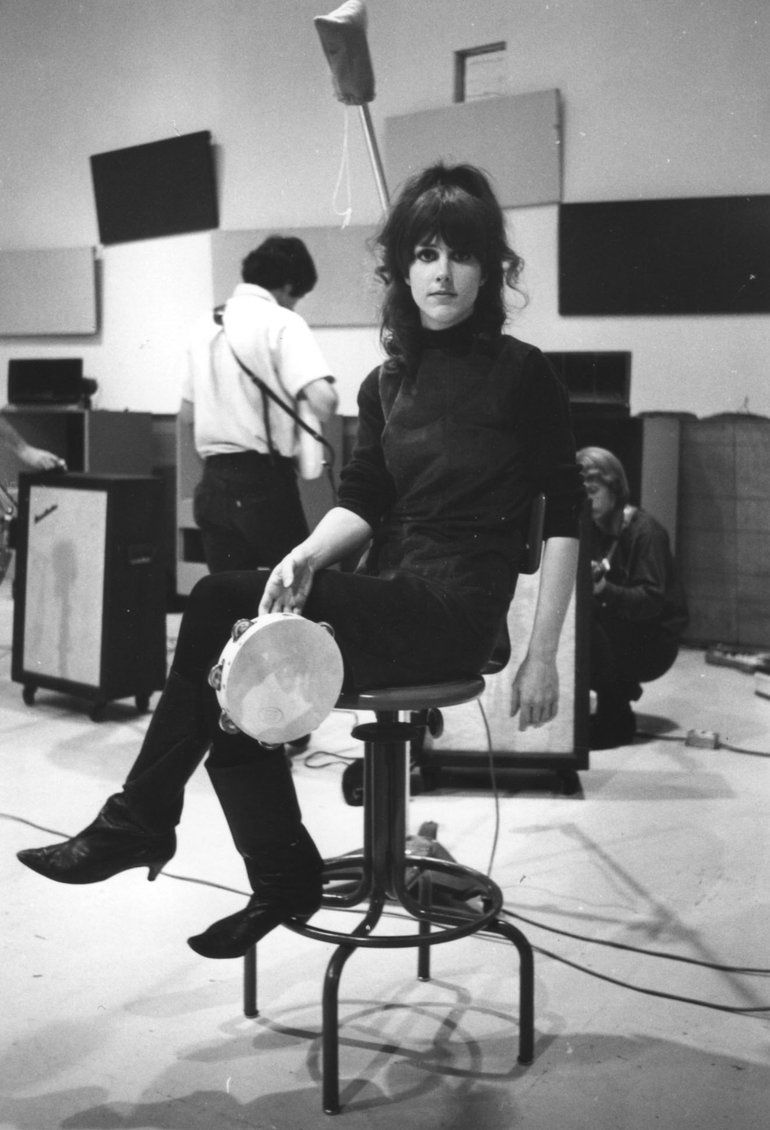
Slick recalled that she wrote “White Rabbit” after taking LSD and “listening to Miles Davis’s ‘Sketches Of Spain’ album for 24 hours straight until it burned into my brain”. As a spokesperson of the counter-culture of her generation, she advocated the use of psychedelics as she believed that they opened individuals to multiple perceptions, and as a result, turned people away from a Republican stance.
Jefferson Airplane’s White Rabbit was unsurprisingly blacklisted for its explicit references to drugs and was classed as a “drug-oriented rock record” along with songs such as “Let’s Go Get Stoned” by Joe Cocker and multiple Beatles songs like “Lucy in the Sky With Diamonds” and “Yellow Submarine”.
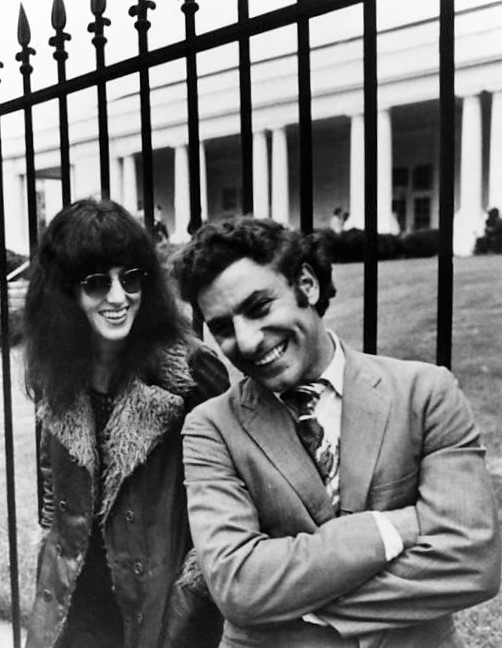
Of course, the 60s counter-culture was embedded in political activism and Grace didn’t shy away from her share. She was close friends with Abbie Hoffman, the American social activist and anarchist, founder of the Youth International Party, who protested against causes like the Vietnam War. Slick brought him along when she was invited to the White House by Richard Nixon’s daughter. Little did White House security know that Slick had snuck in 600 micrograms of LSD with a plan to spike the president’s drink.
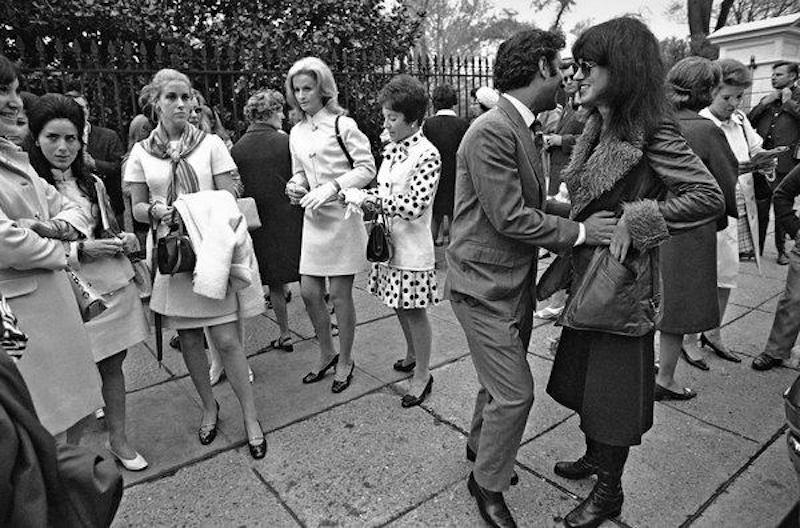
But before she could do the deed, staff recognised the troublemaking singer who was known for her anti-establishment persona. Slick and Abbie were swiftly escorted out of the White House, foiling their monumental stunt.
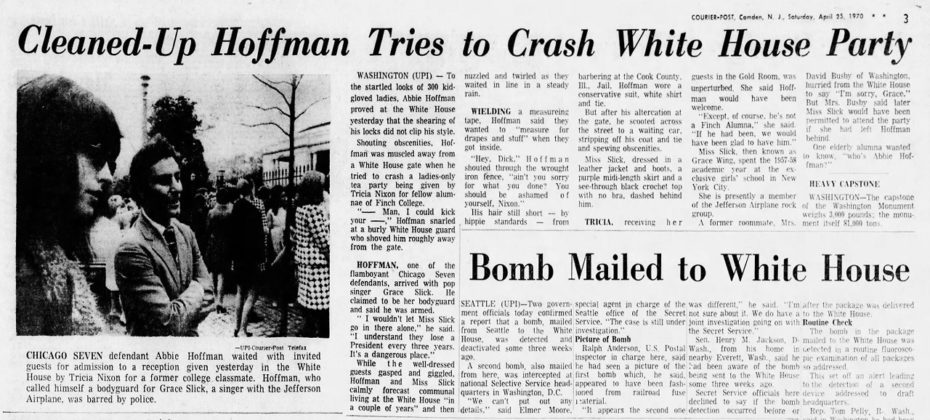
Reflecting on the incident however, Slick later said “What I didn’t know is that he was nuts anyway. He’d wander around and talk to the pictures and shit. So they would have thought, “Okay, he’s really gone over the edge now,” and they’d have had to take him to Langley, and all that kind of stuff.”
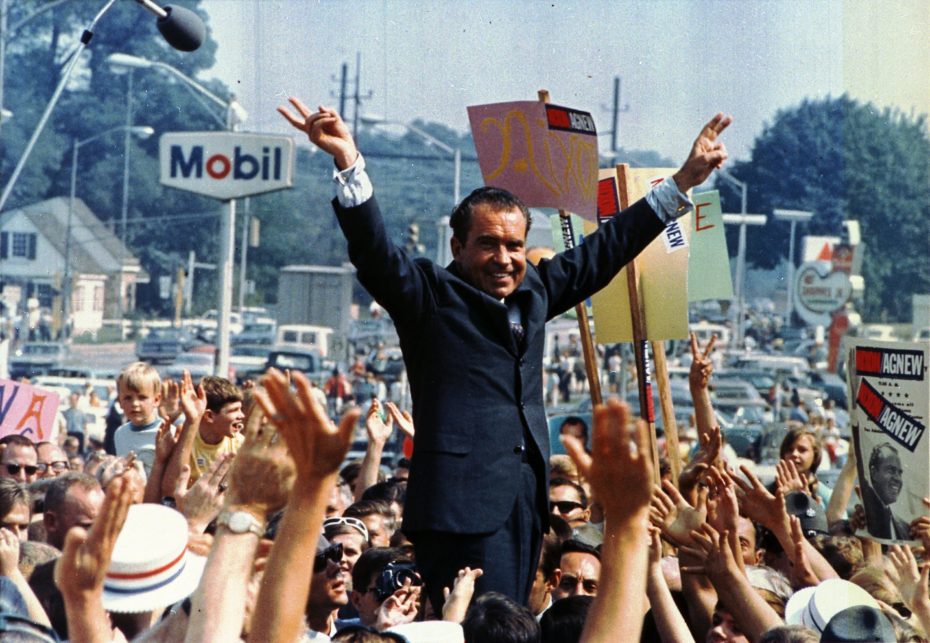
Jefferson Airplane’s repertoire came to include anthems embedded with political themes that touched upon issues of the day. One of their songs, We Can Be Together was inspired by the Black Panther movement and the Situationist style street gang who named themselves Up Against the Wall Motherf**ker. The band performed their song on the Dick Cavett Show in 1969 with lyrics including, “we steal, cheat, lie, forge, f**k, hide, and deal” in the first verse and “up against the wall motherf**ker”, officially making them the first people to say the word “f**k” on American television.
Slick’s heavy rock and roll lifestyle eventually started to spiral out of control. She had been arrested multiple times for public intoxication, and pointing an unloaded gun at a police officer. She was once drinking wine and reading poetry in the street when she was approached by a police officer asking what she was doing; her response was so sarcastic that she was arrested and imprisoned. Her erratic behaviour eventually got her kicked out of her own band, Jefferson Airplane. After taking some time off and going to rehab, she had a comeback in the 1980s with a new band, called Jefferson Starship, and had a one hit wonder you might recall: “Nothing Can Stop Us Now“. In 2011, she sold the rights to a the song to Chick-Fil-A for a commercial so she could donate the money to LGBT rights activism.
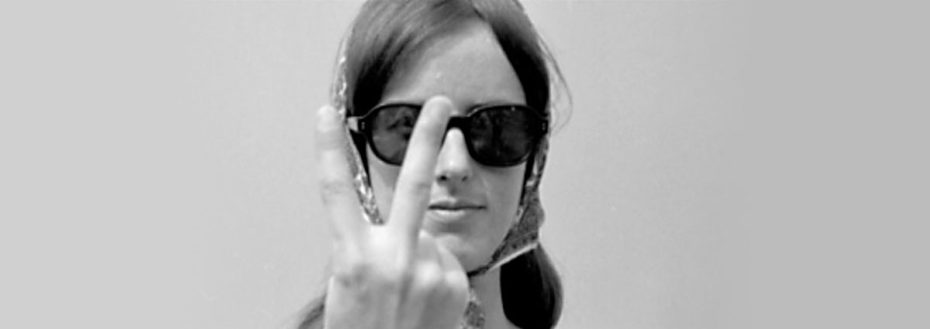
She later resigned from the music industry with the belief that “all rock-and-rollers over the age of 50 look stupid and should retire, “you can do jazz, classical, blues, opera, country until you’re 150, but rap and rock and roll are really a way for young people to get that anger out … It’s silly to perform a song that has no relevance to the present or expresses feelings you no longer have.” More recently, she reemerged for a 9/11 memorial concert and a fundraiser following one of the oil spills, but she mostly keeps under the radar.
With all the ups and downs, Slick maintains that she hasn’t got many regrets– actually– just two: “The things I wish I did do that I did not do, were screw Jimi Hendrix, and ride a horse”. Her interviews over the years are full of unabashed, hilarious and priceless quotes unknown to today’s generation. Some Grace Slick advice for you the kids of today? “Go for it. Do everything. Try not to kill yourself, but do as much as you possibly can”.
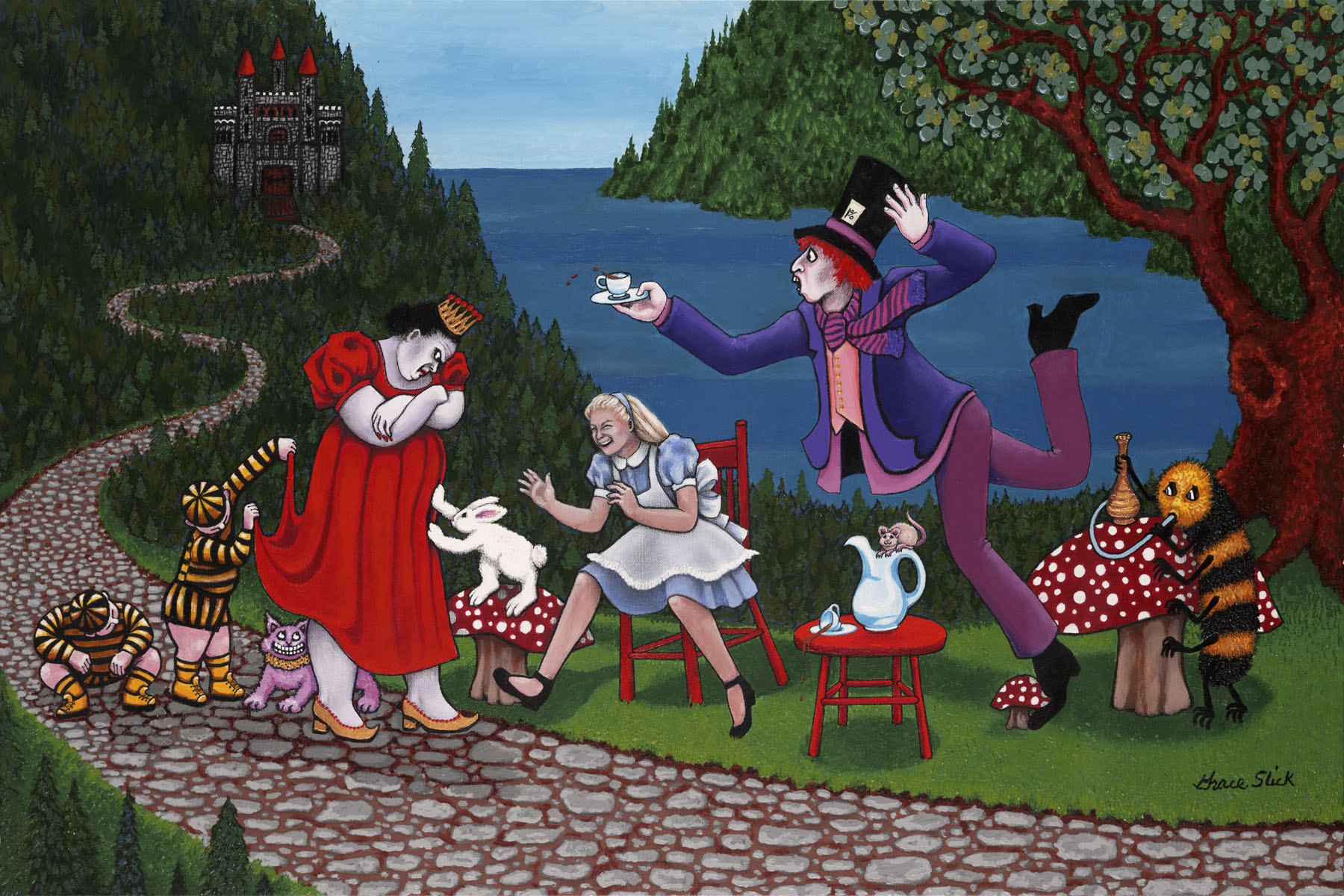
Today, Grace Slick lives a more settled life in Malibu where she has thrown herself into an art career. Her paintings depict a nostalgia for the hippy generation, with subjects including Jimmy Hendrix, Janis Joplin, and of course, the White Rabbit.


